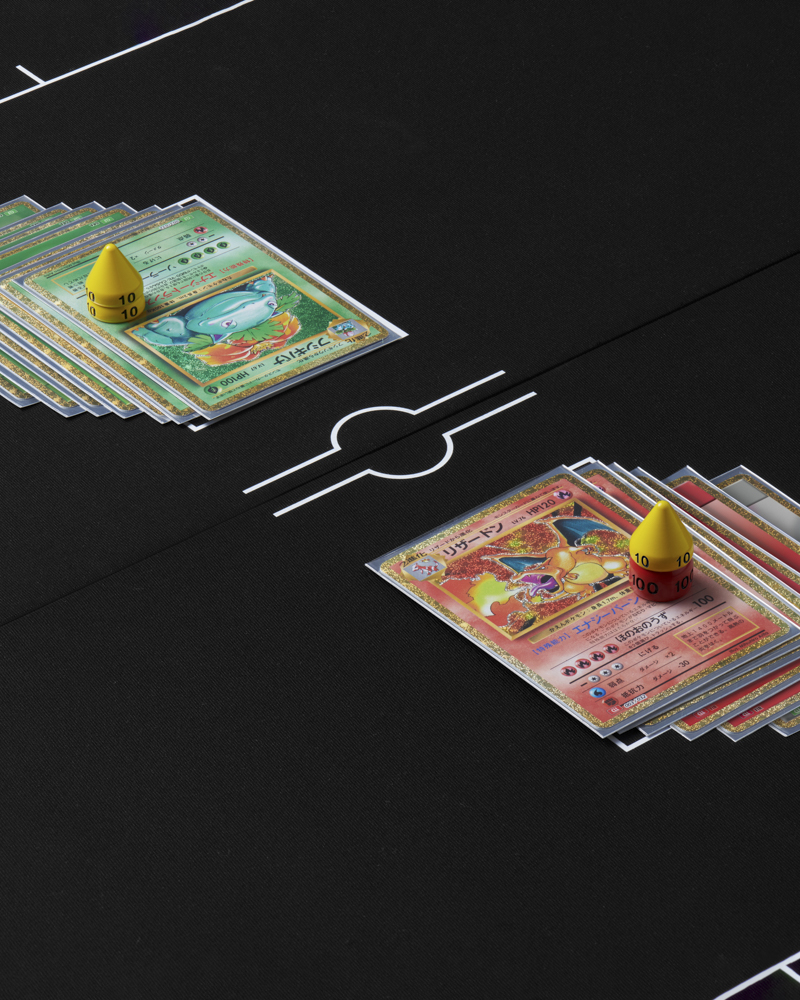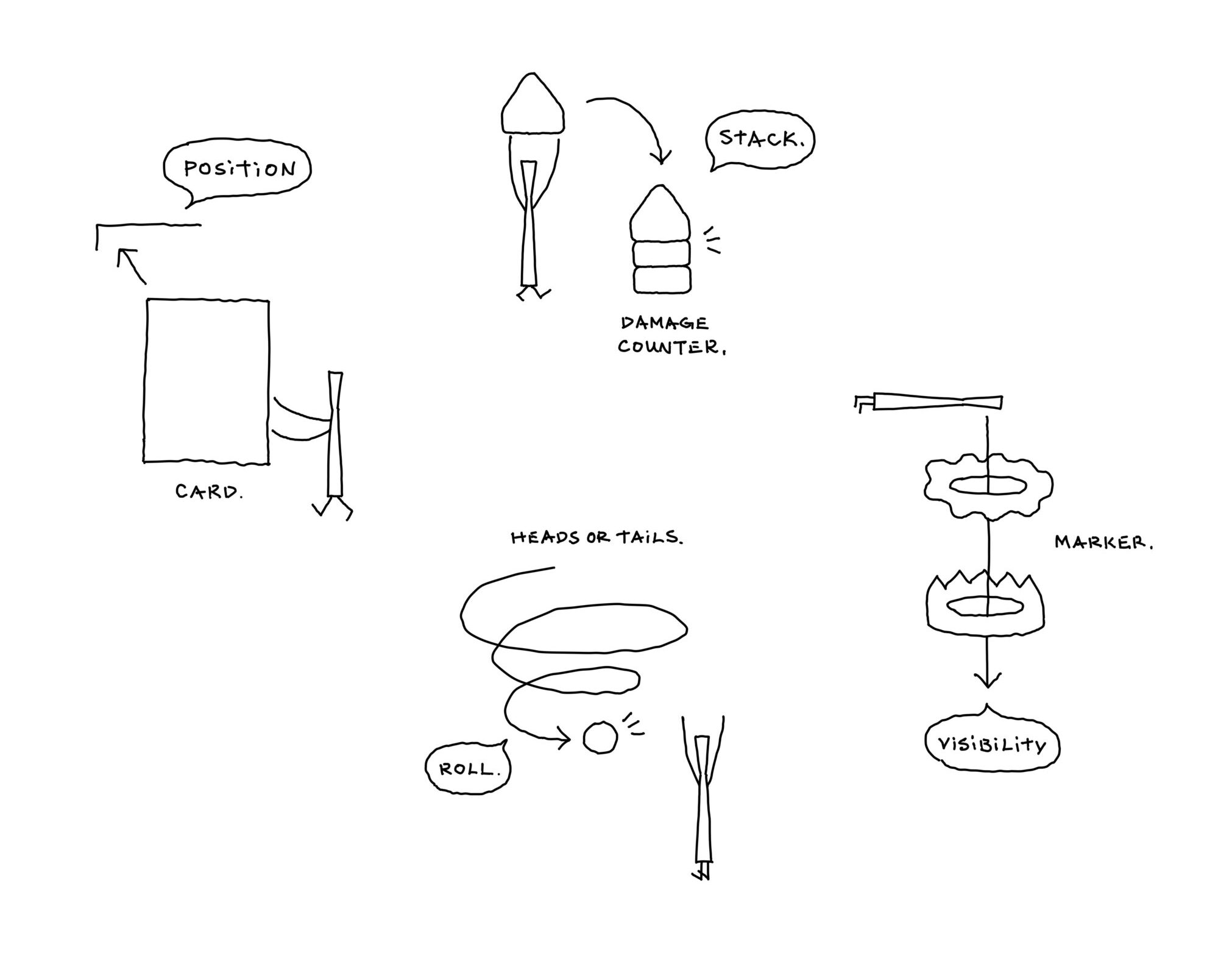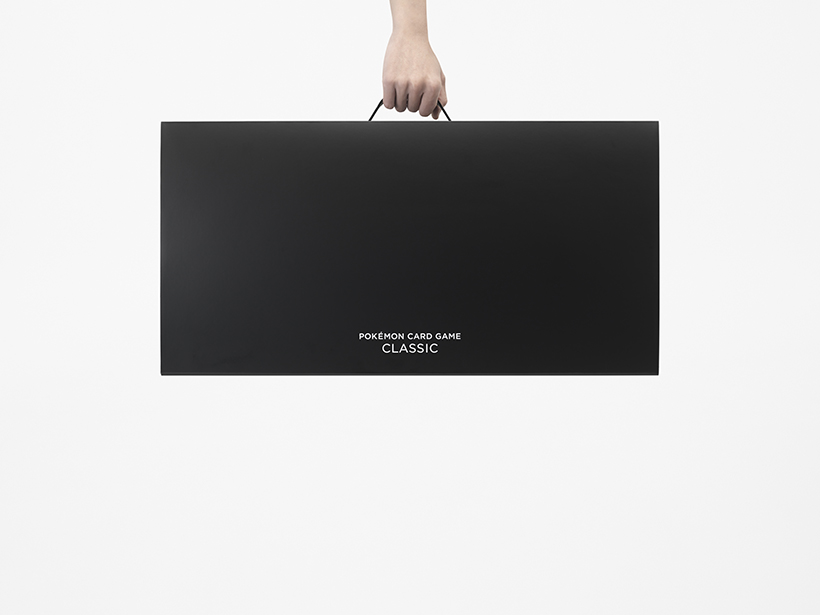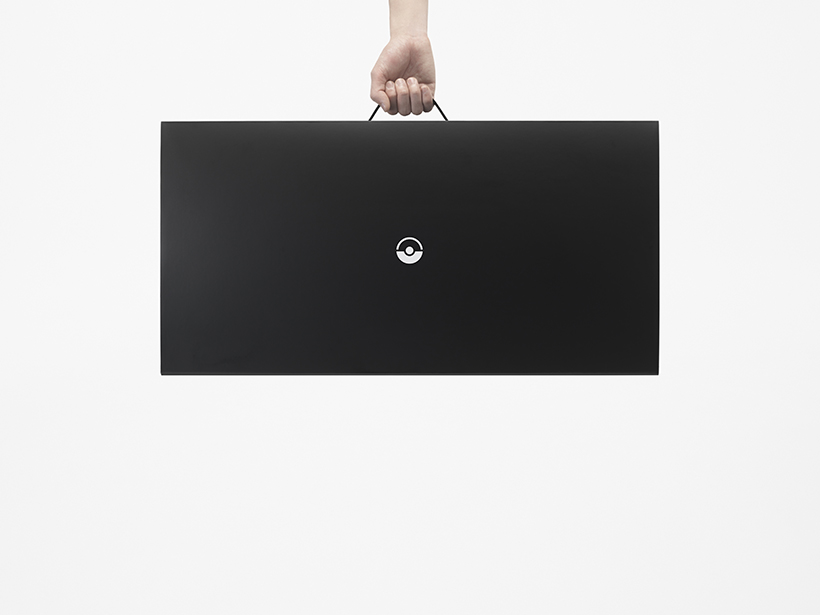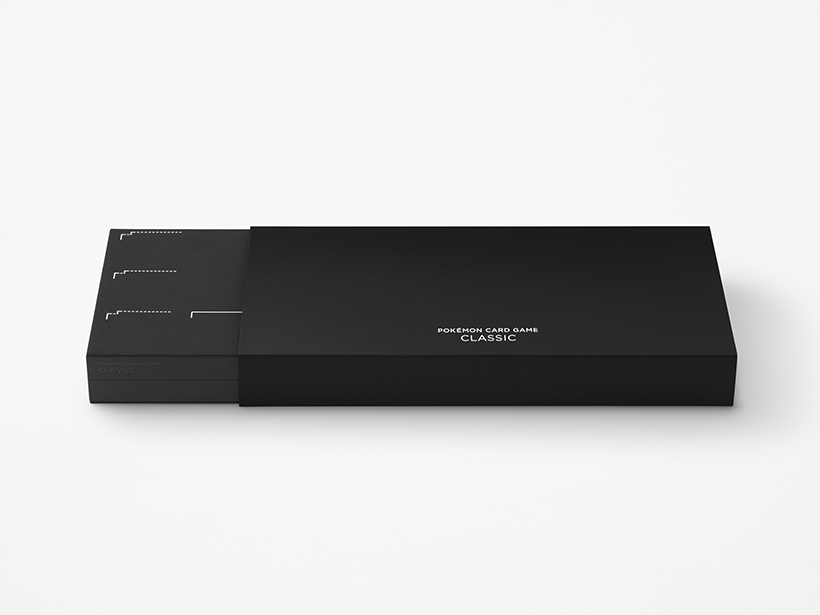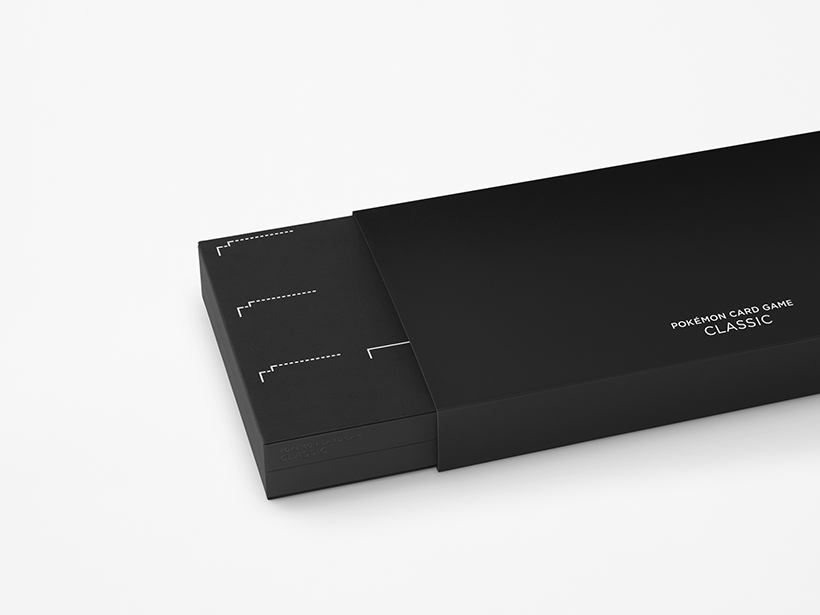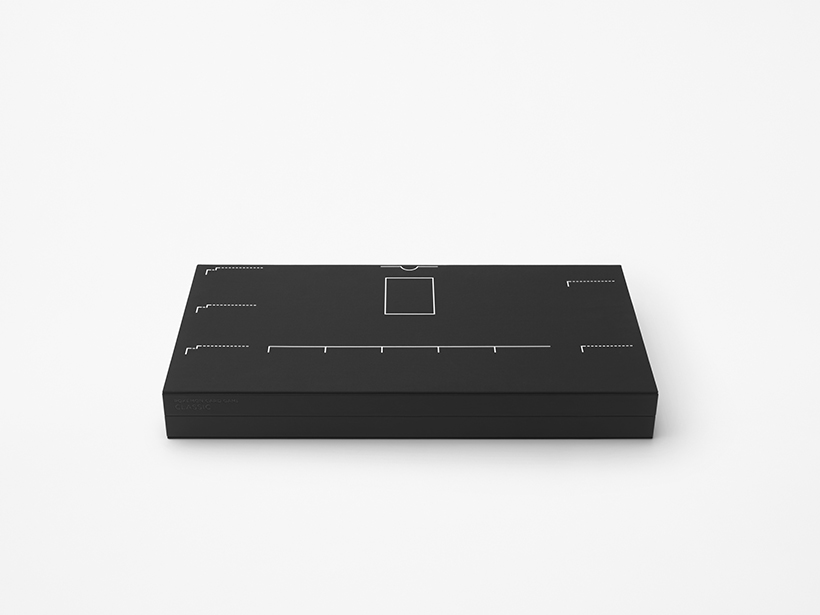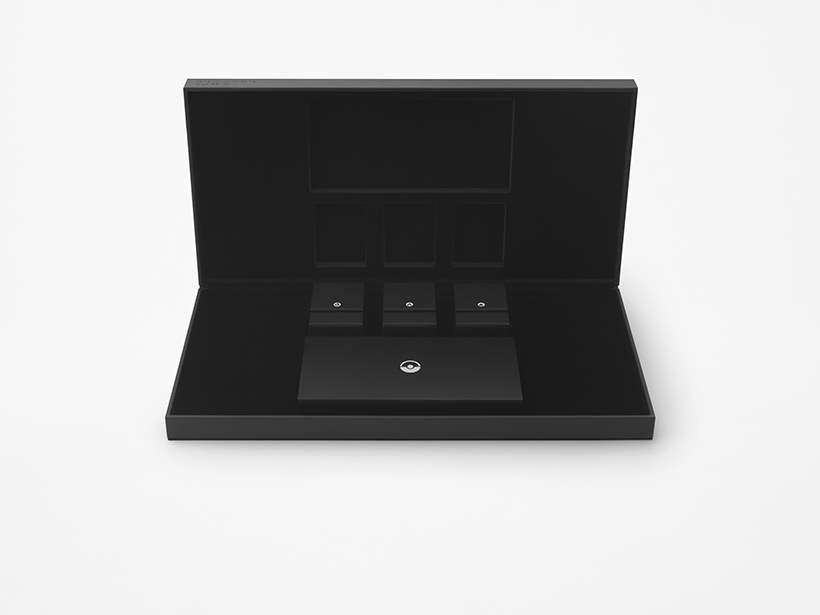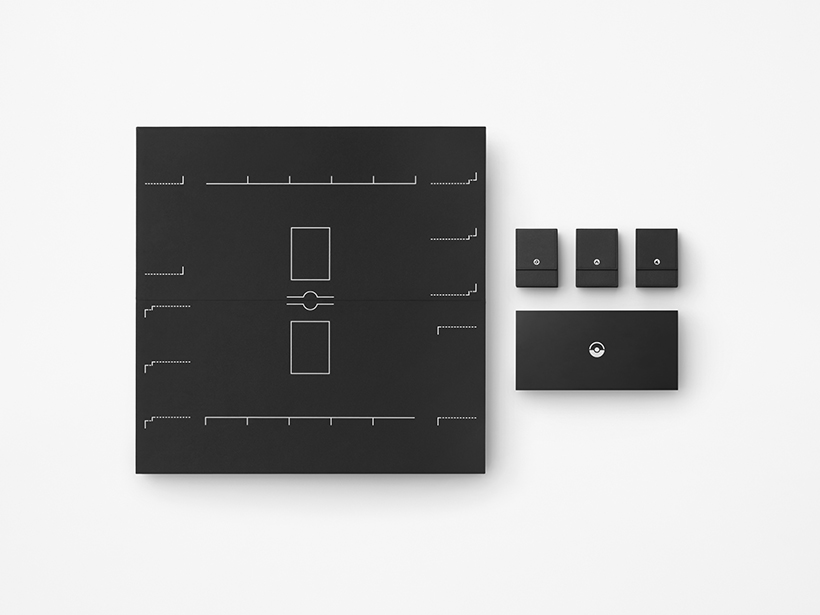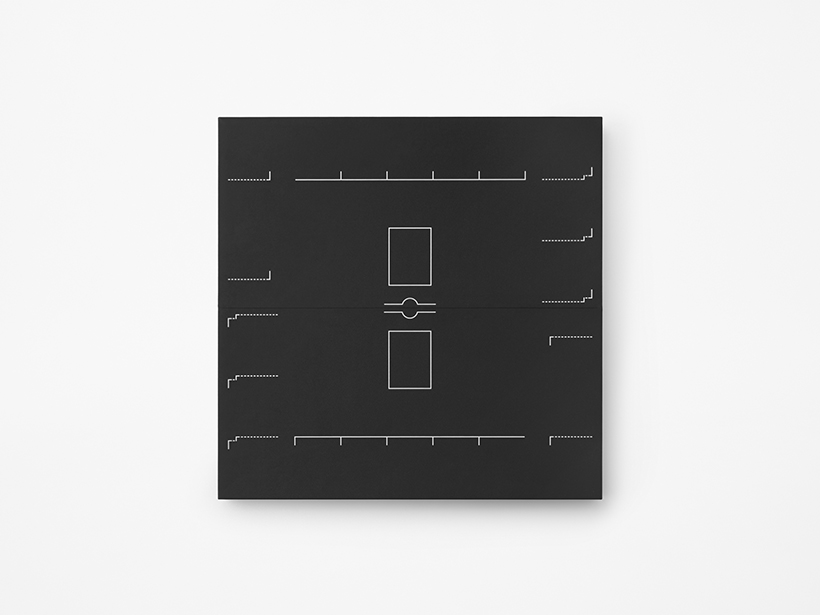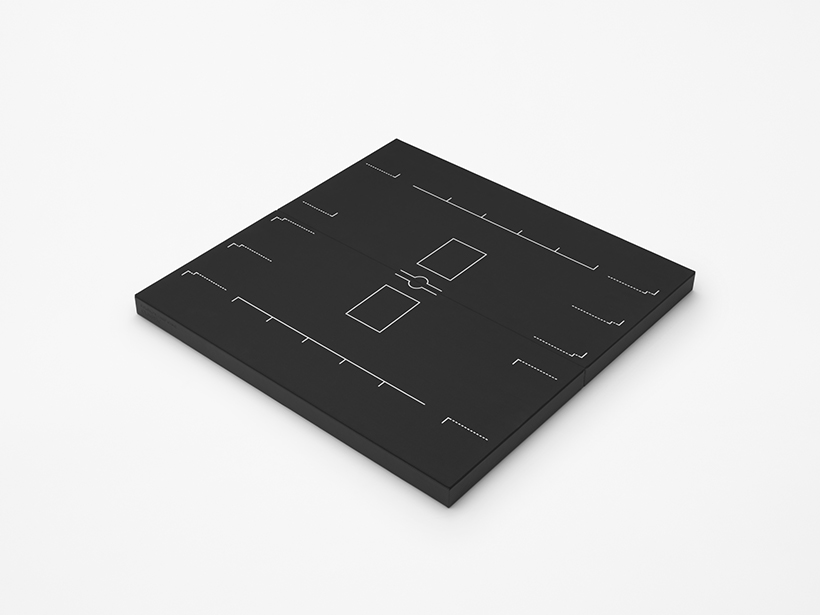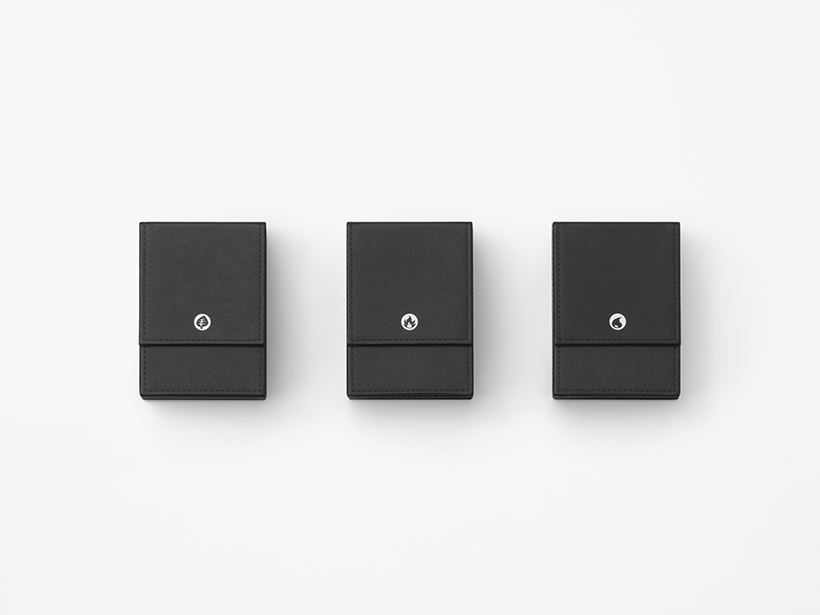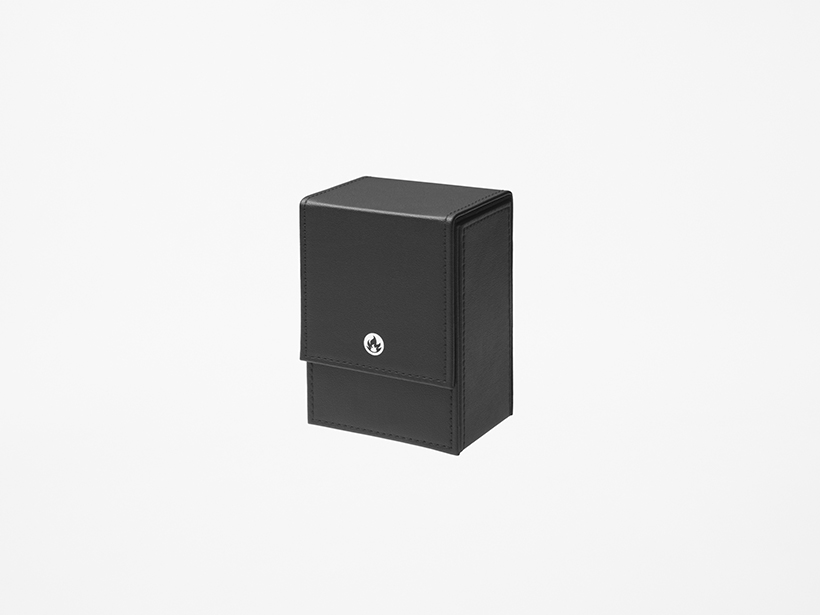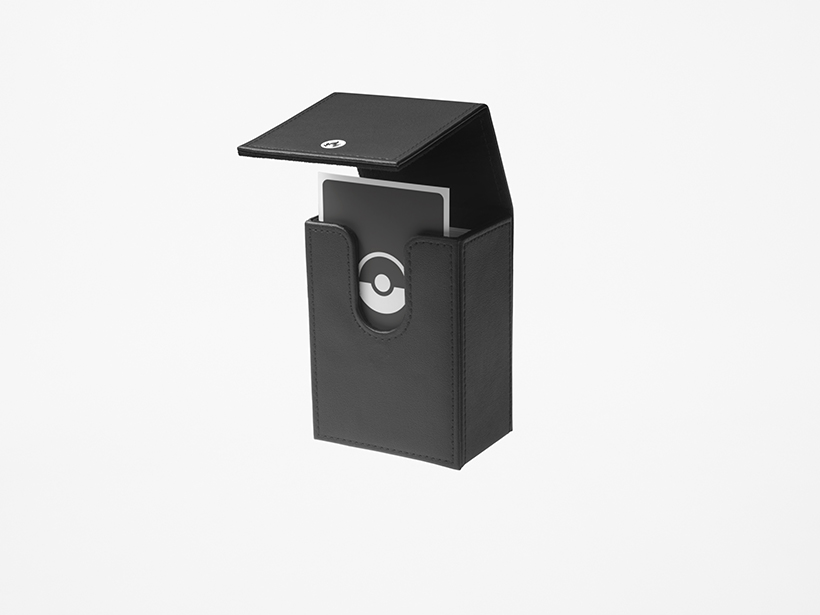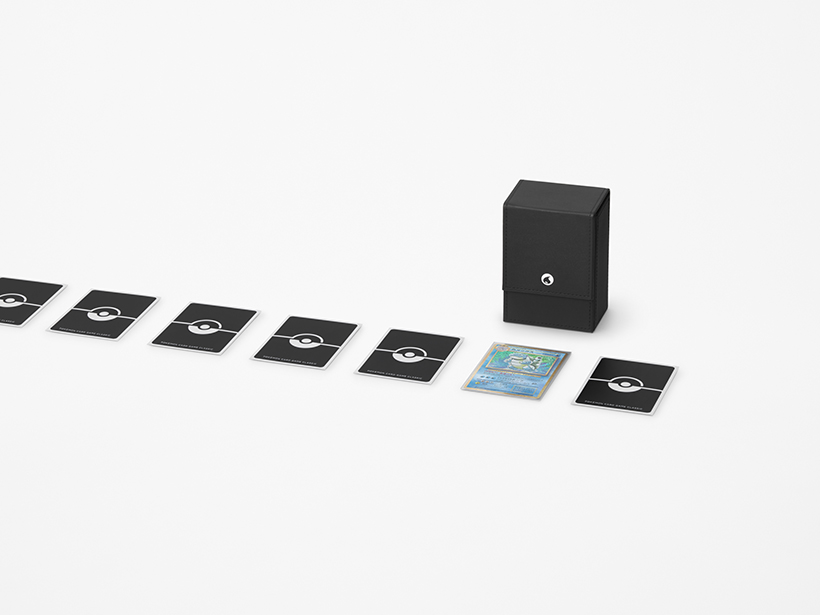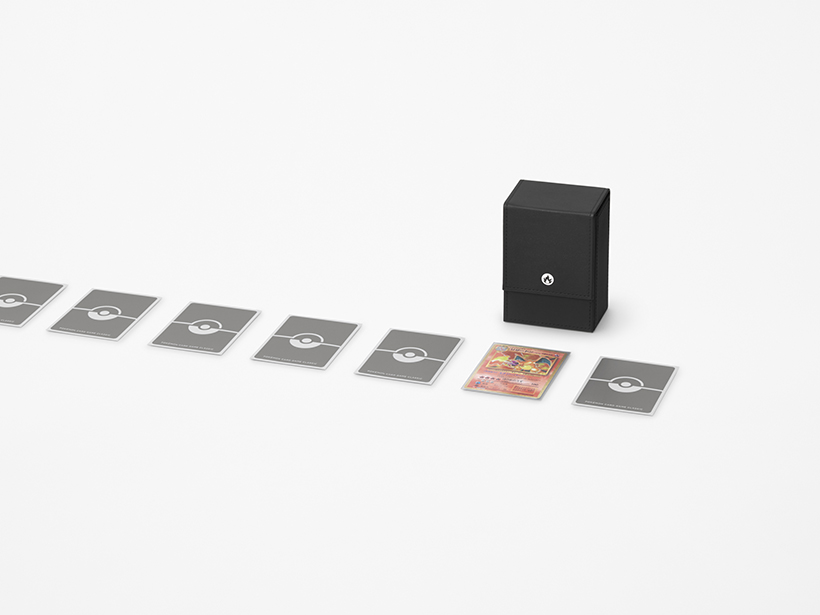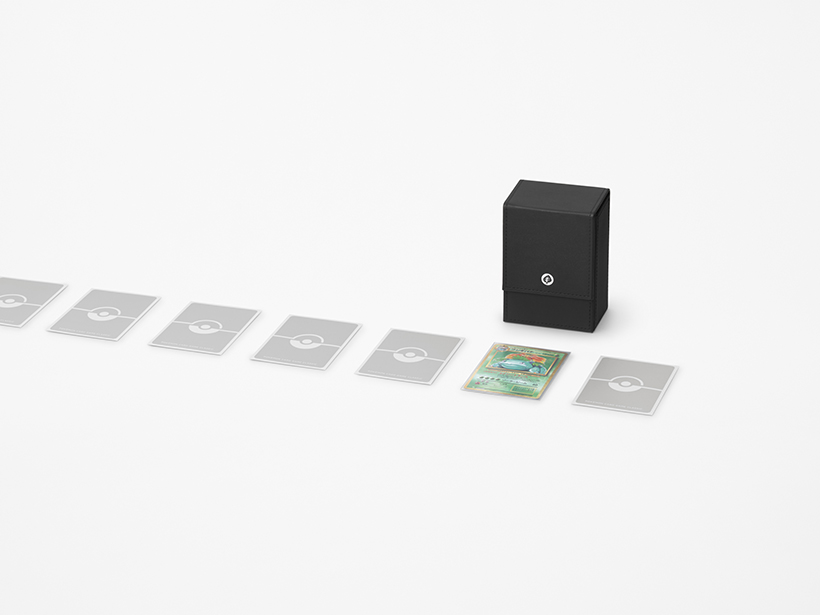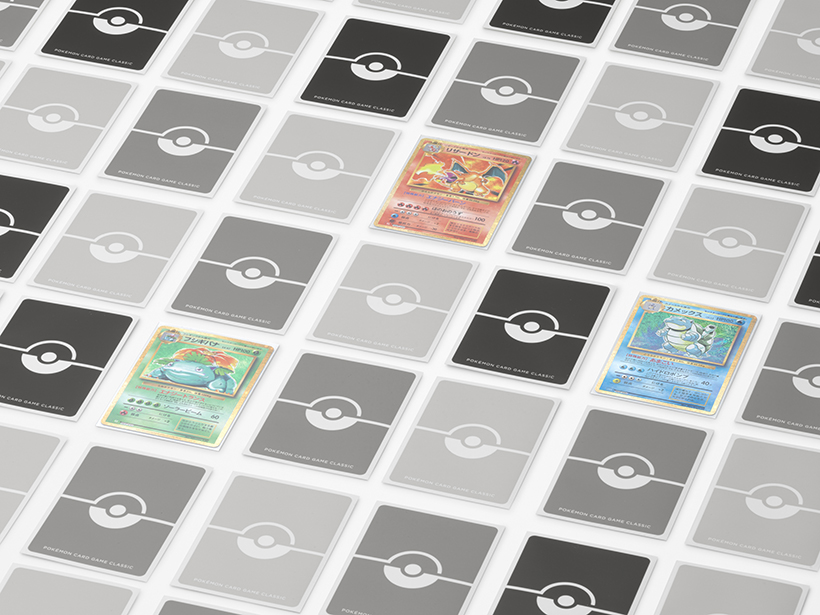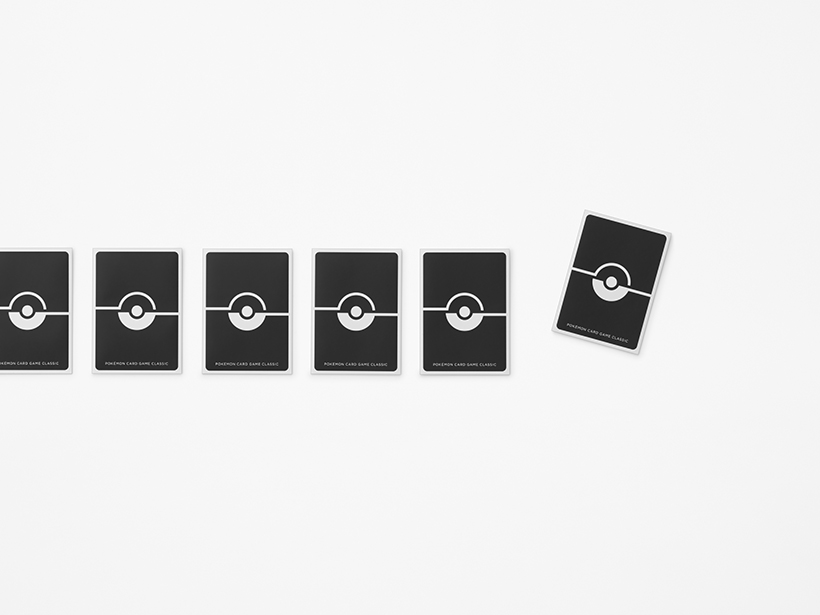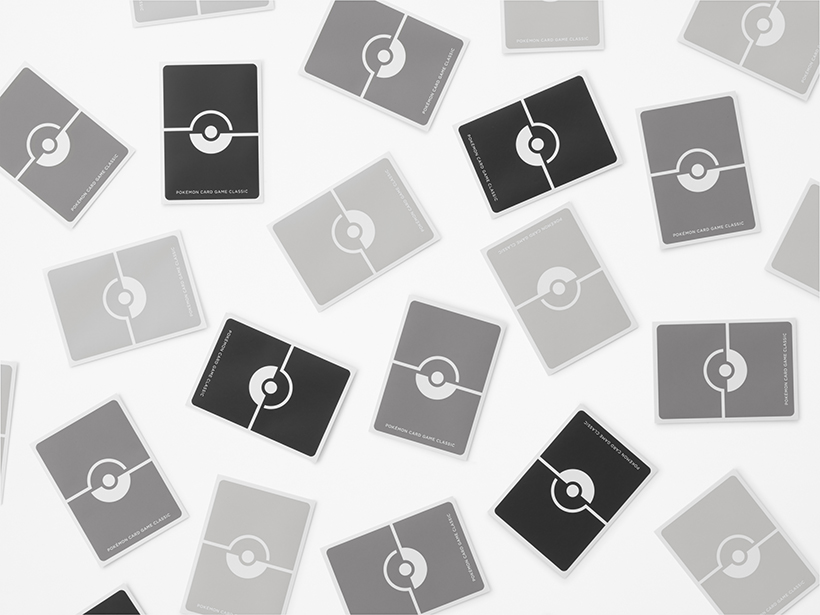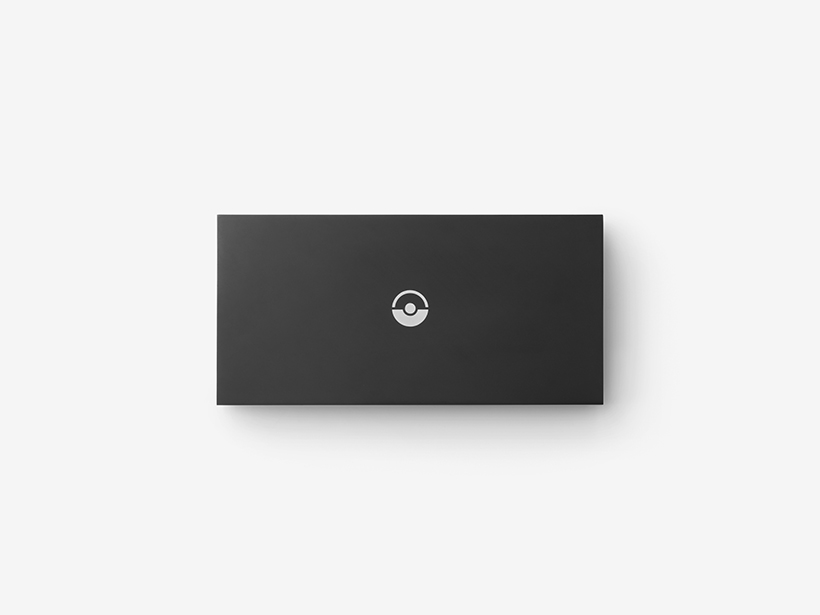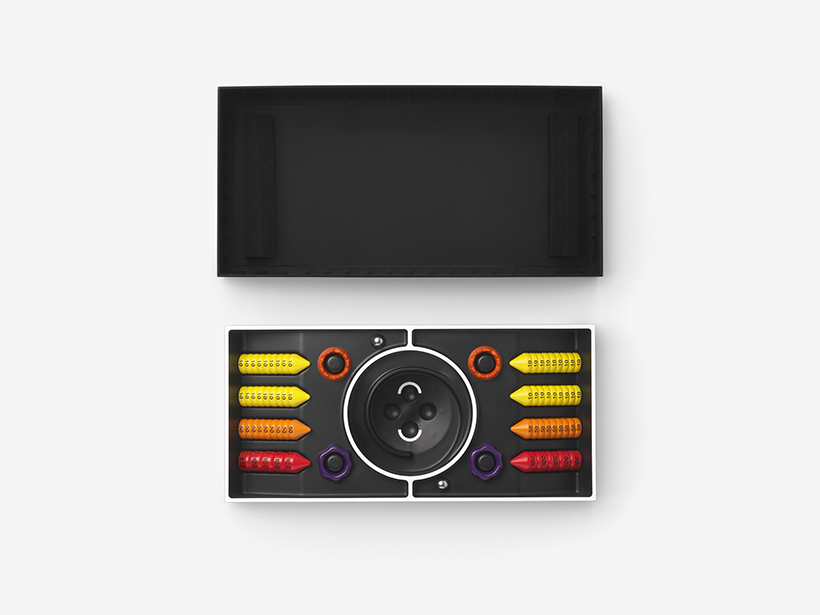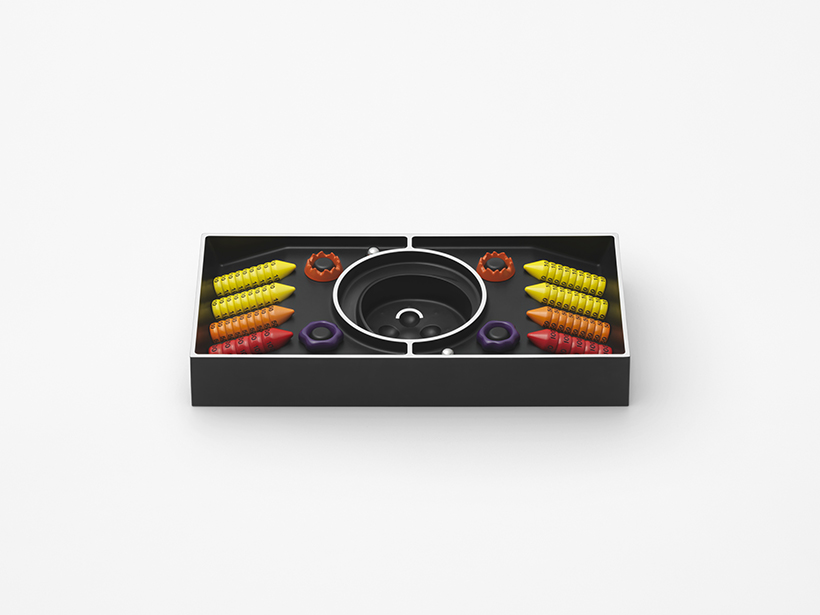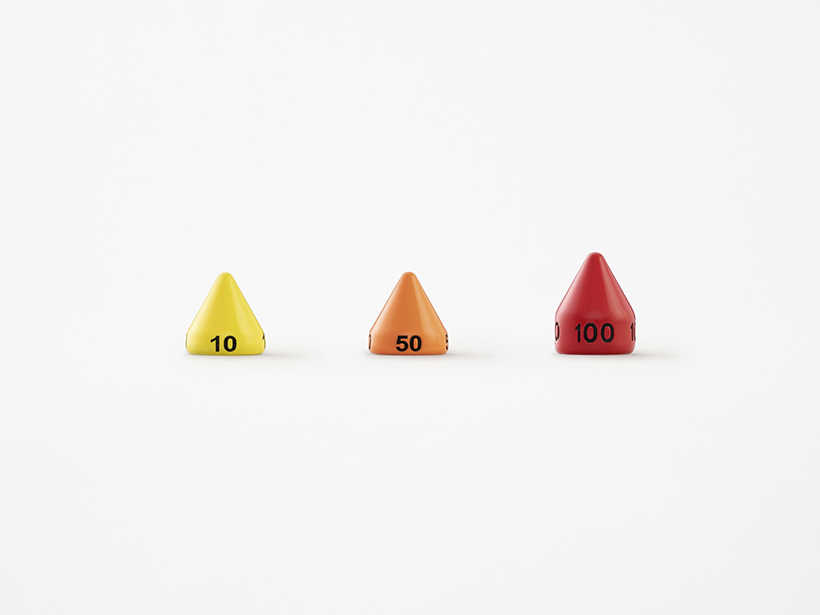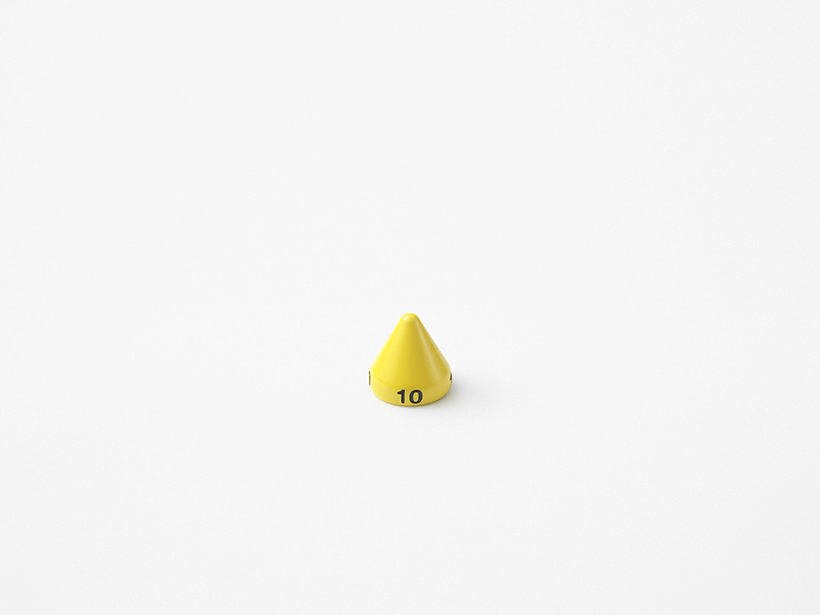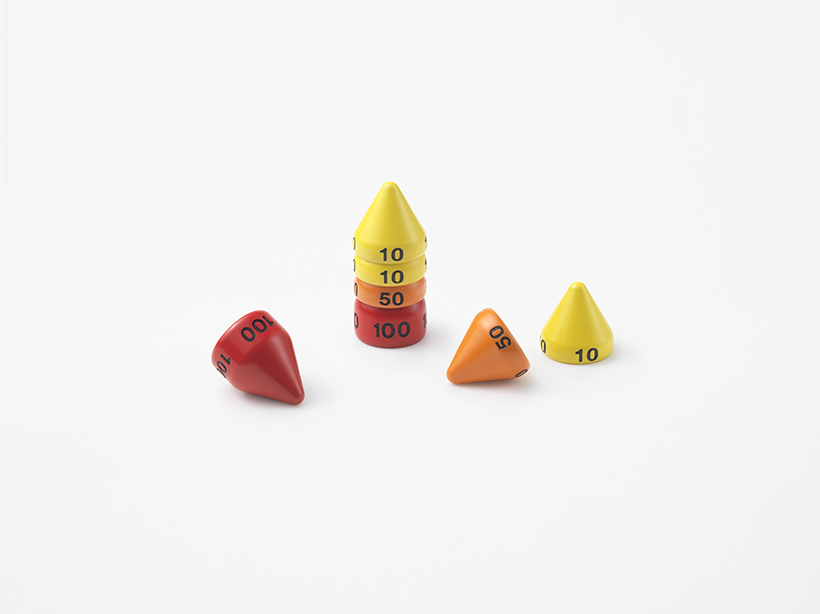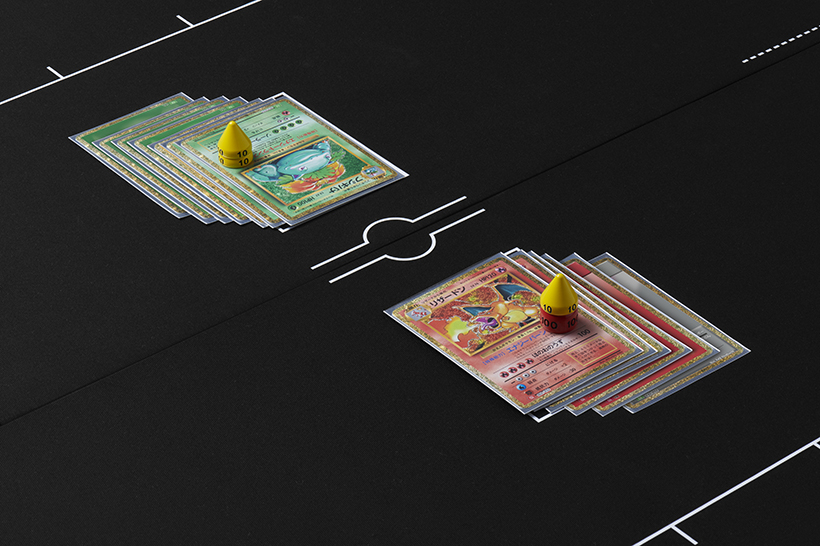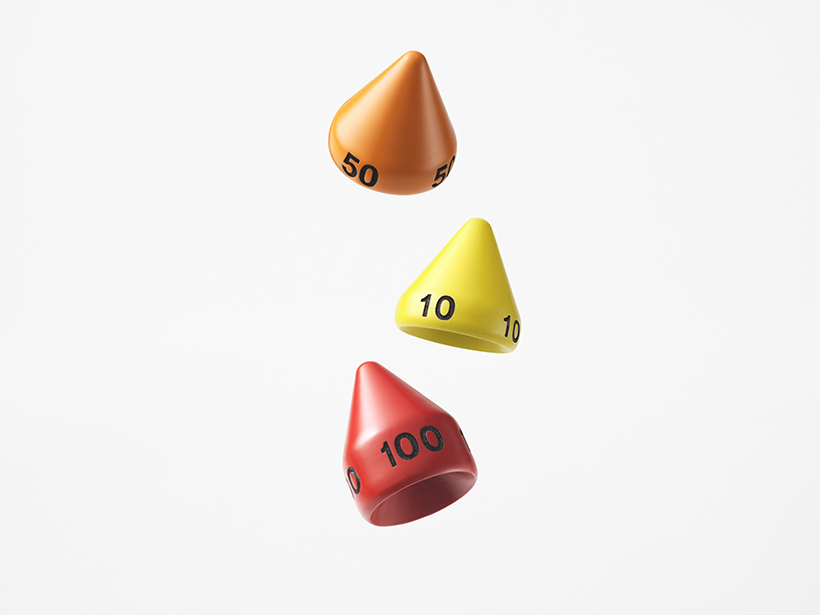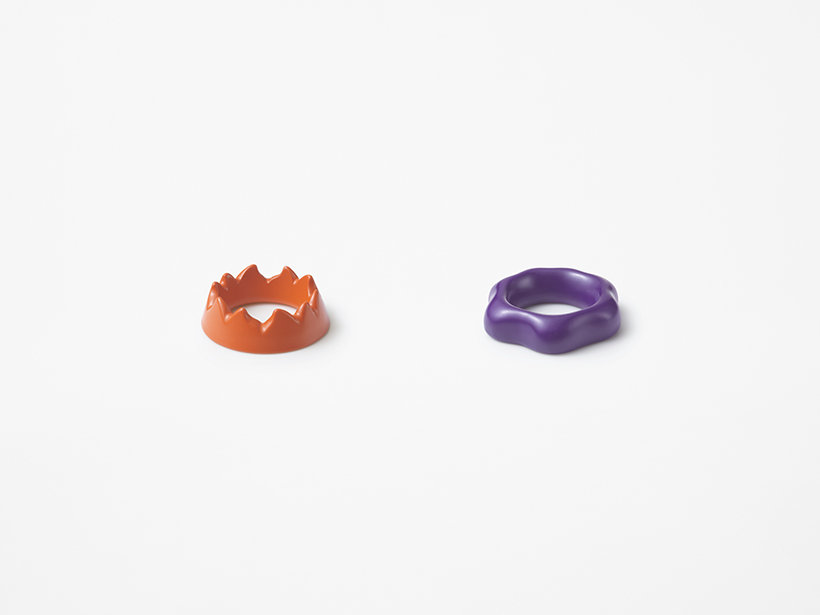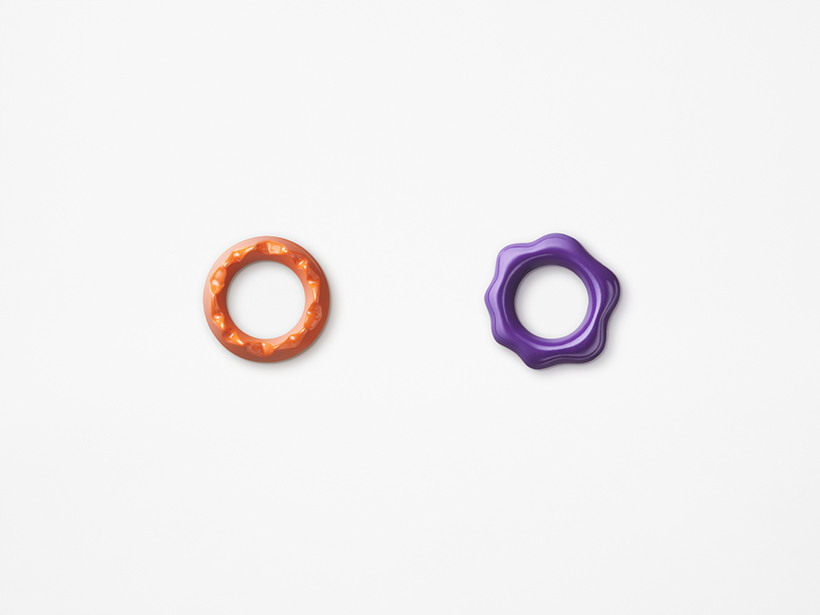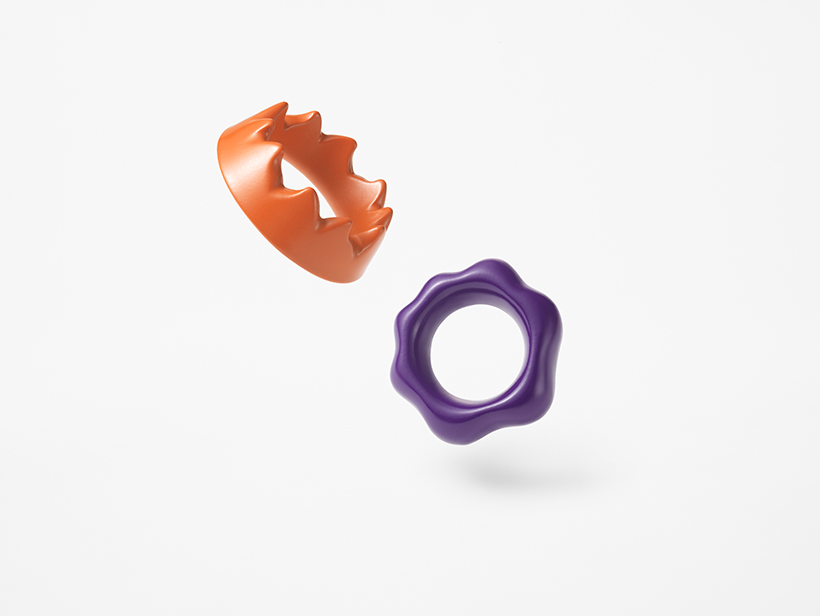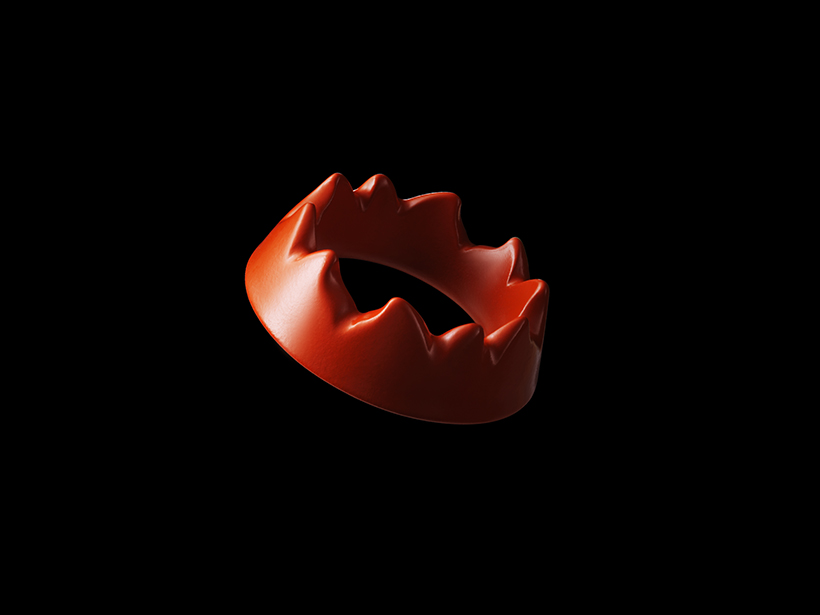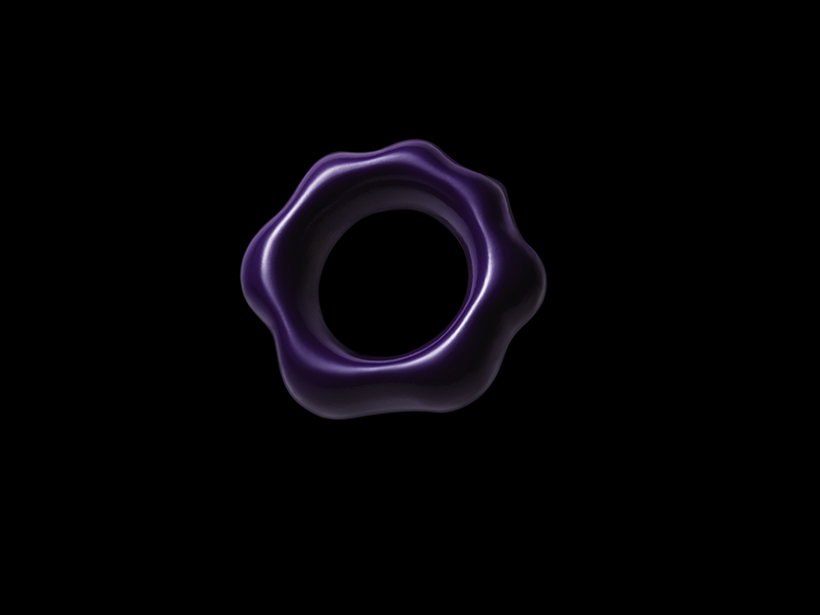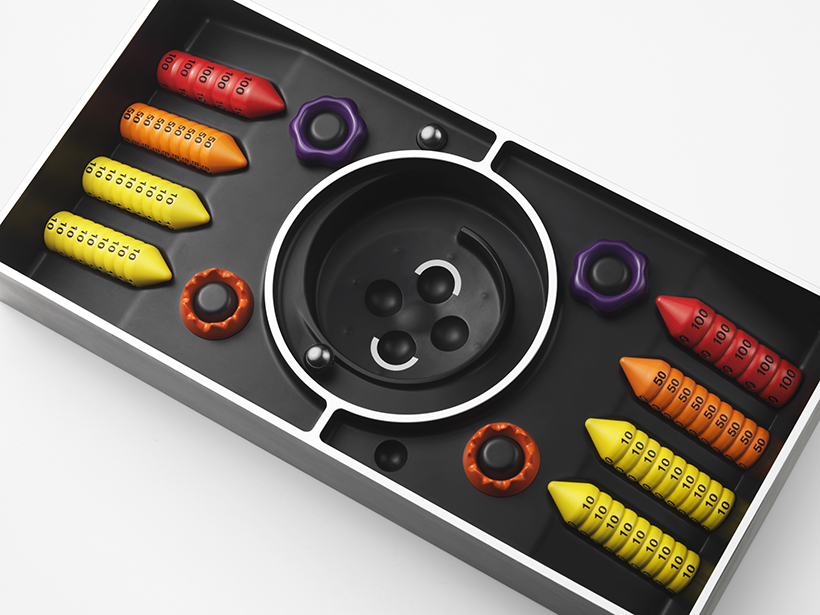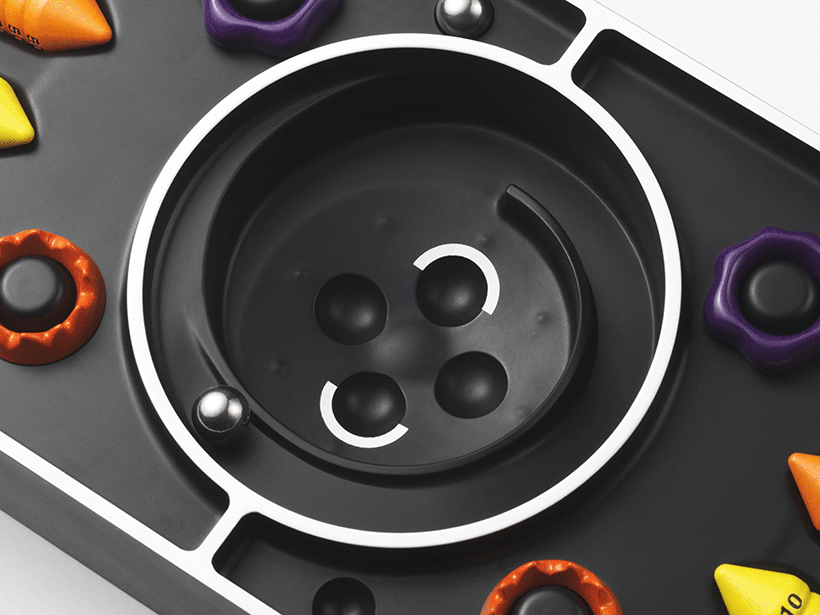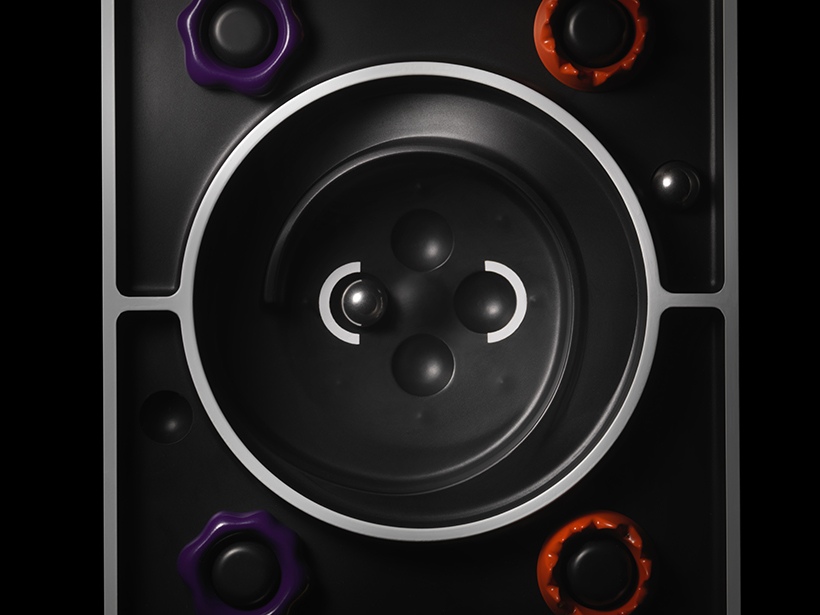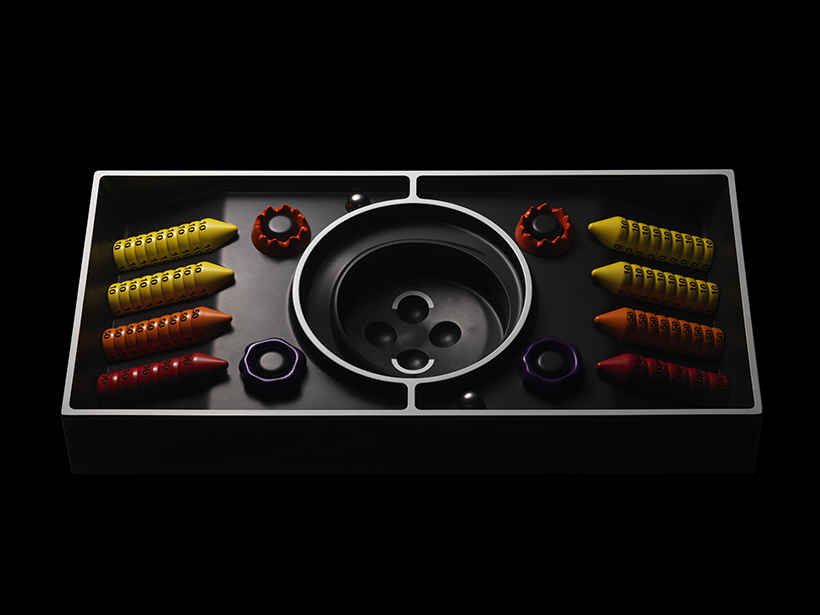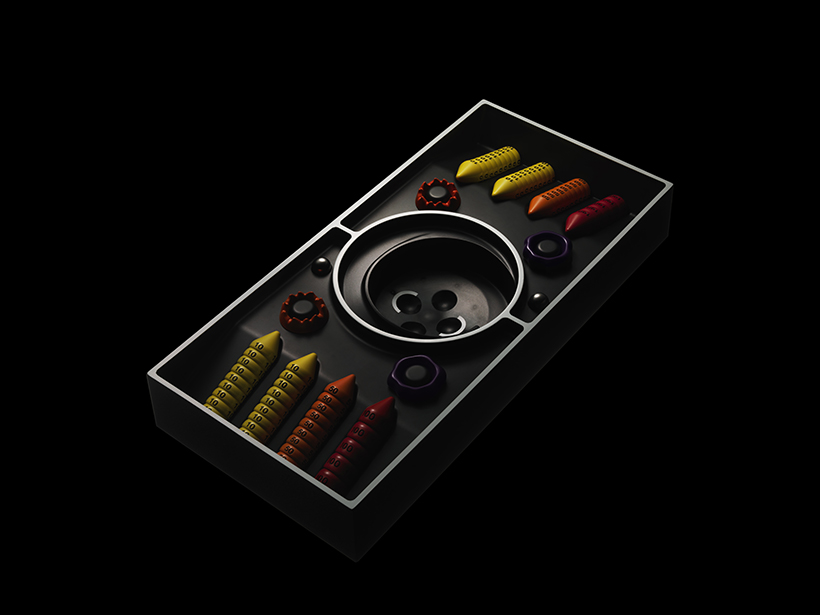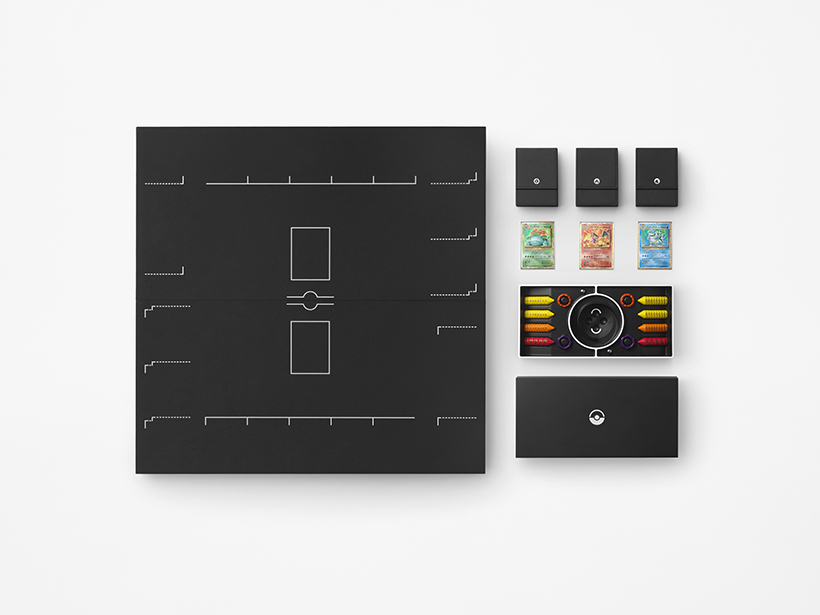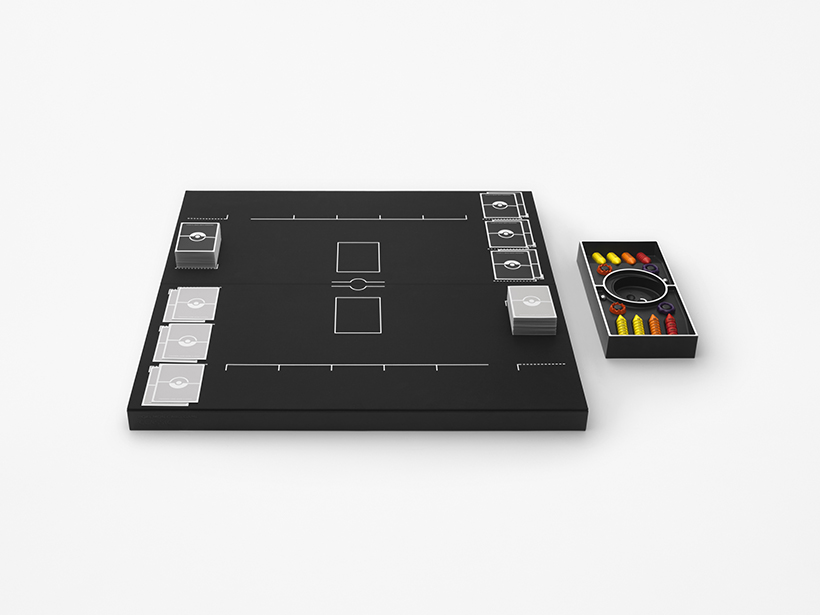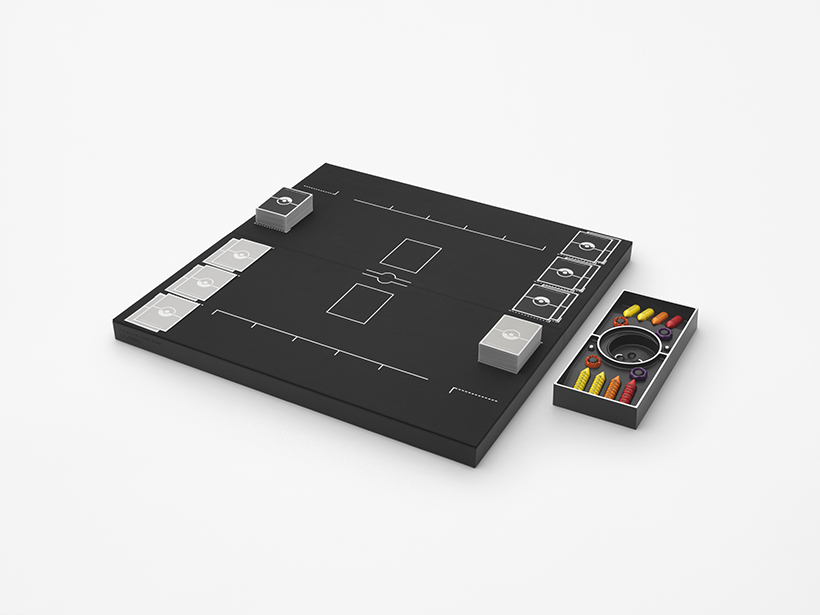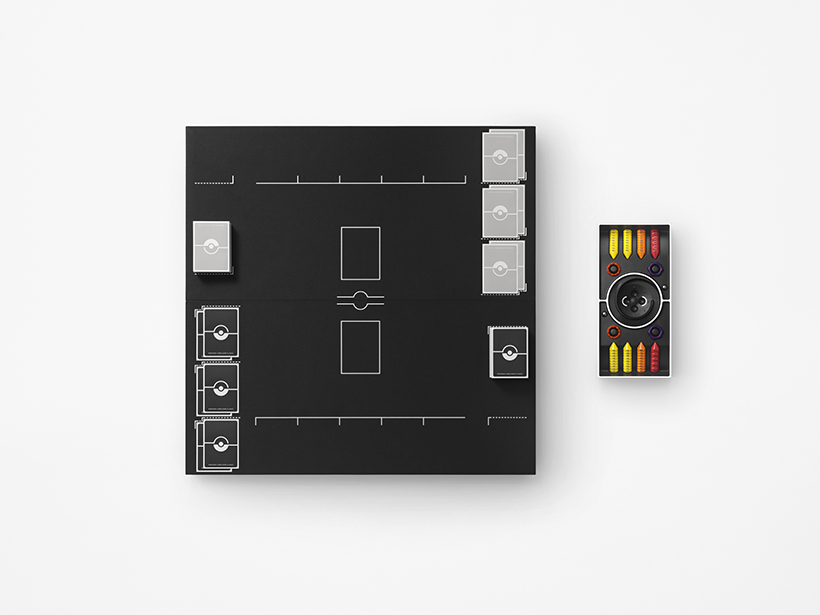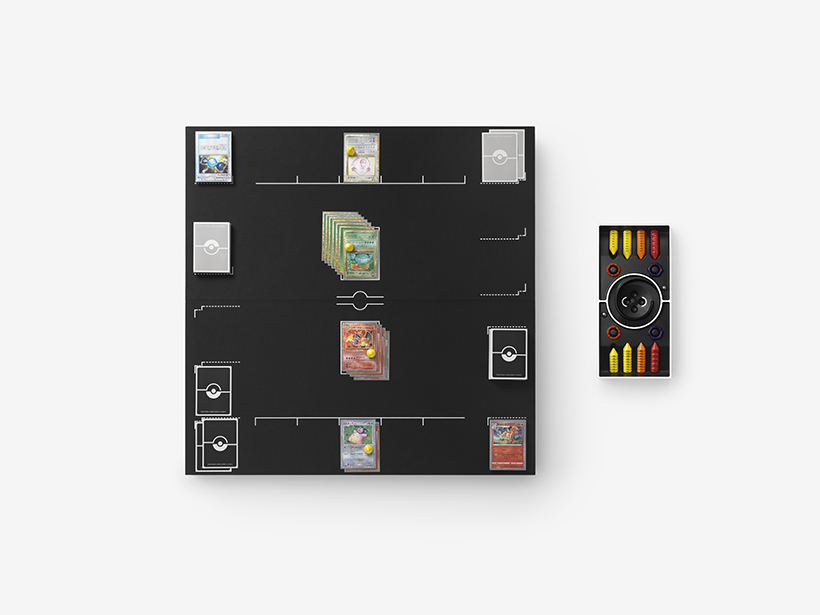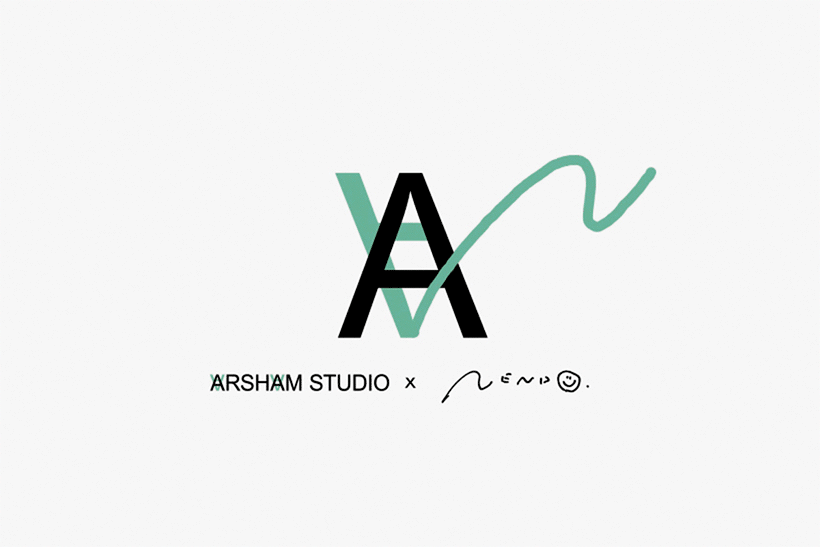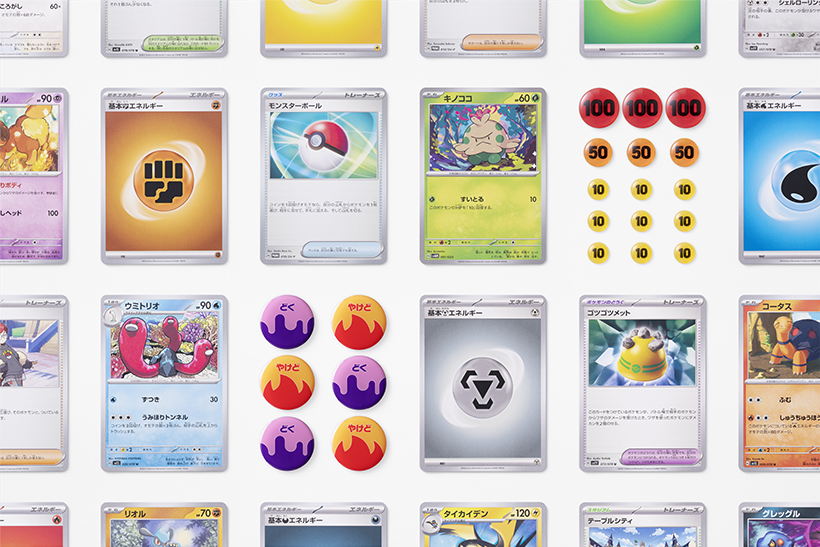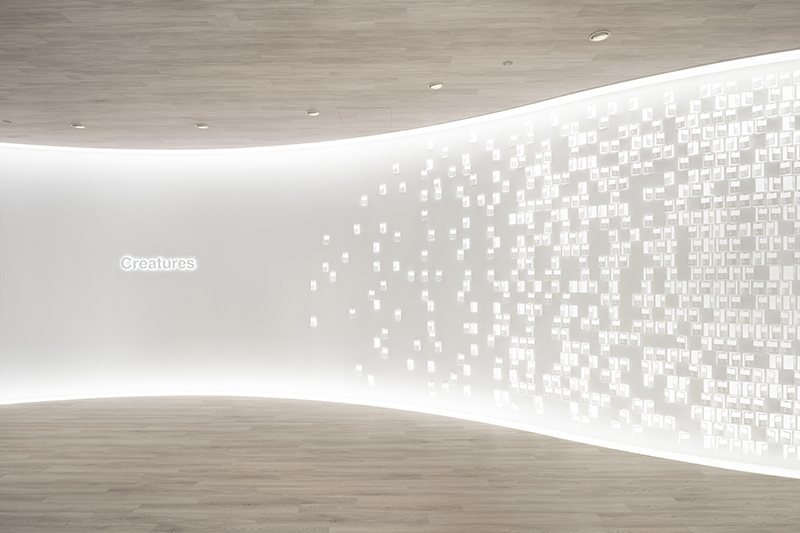Pokémon Trading Card Game Classic
Pokémon Trading Card Game has been enjoyed by many fans worldwide since its release in 1996. To play the game, items such as playmats and damage counters are needed besides the cards designed under global common rules, but there have been a variety of different styles among players as well as countries and regions.
For example, the official flat type damage counter is used in Japan, while a dice is substituted in North America, creating a situation that allows for some discretion within each region. With the increase in the player population and world tournaments, however, the need for an internationally standardized playing environment has grown. According to Tsunekazu Ishihara, the developer of Pokémon Trading Card Game and President and CEO of Creatures Inc. and The Pokémon Company, such development of the playing environment represents the game’s first step toward a product design that becomes a global standard, as seen in chess and backgammon.
In line with this goal, Creatures Inc., which develops the Pokémon Trading Card Game, and The Pokémon Company, which produces products and services, decided to jointly develop the series’ first-ever global standard play kit for the game.
The kit comes with a deck (60 cards) pre-packaged with three different types (Grass, Fire, Water), with deck shields to protect each card. Monotone colors were used to complement the design of the cards. Thanks to the cone-shape design of the damage counters, they can be stacked in multiples with the numbers lined up vertically, making it easy to calculate. At the same time, the information on the card became easier to read because of the reduced area covering the card surface, and ease of storage is also improved.
The three damage values (10, 50, and 100) are made more intuitively recognizable by making the cones taller as their numerical values increase. The use of aluminum makes it easy to stack and remove yet hard to collapse. In addition, the markers indicating Poison and Burn status are shaped like rings so that they do not conceal card surfaces.
All these items are stored in a tool box, which has a space for a coin toss in the center. To deal with the situation where small children cannot toss a coin well and even some adults miss a toss, the initial idea was to provide a tray for the dice that would prevent the coin from flying out of the board. After a conversation with Mr. Ishihara, however, the idea was changed to upgrading the specifications instead to let a ball roll like roulette, so that a more exciting experience can be created during the time before it falls into heads or tails. Due to this change, any player can see the result of the coin toss during the game and enjoy watching the toss together for a certain amount of time as another form of communication.
The case, which stores all of these items, also serves as the playing board when open. In consideration of the slippery nature of the cards, the surface of the case has a fabric finish, and its edges are carefully mitered without stitching for protection during transport, while also preventing the cards from getting caught during the game. Furthermore, the hinge is made of fabric not to expose itself when the case is in use, and not to create a gap in the center of the board when it is laid out. A built-in magnet instead of a clasp for closing the lid of the case avoids making noise while in play.
Black and white as the graphic element of the board, enhances the visibility of the cards and tools. The board was designed to be standard by keeping expressions to a minimum, with white lines indicating the location of Battlefield and Bench of the cards, and dashed lines indicating the location of Side for keeping Pokémon on standby.
